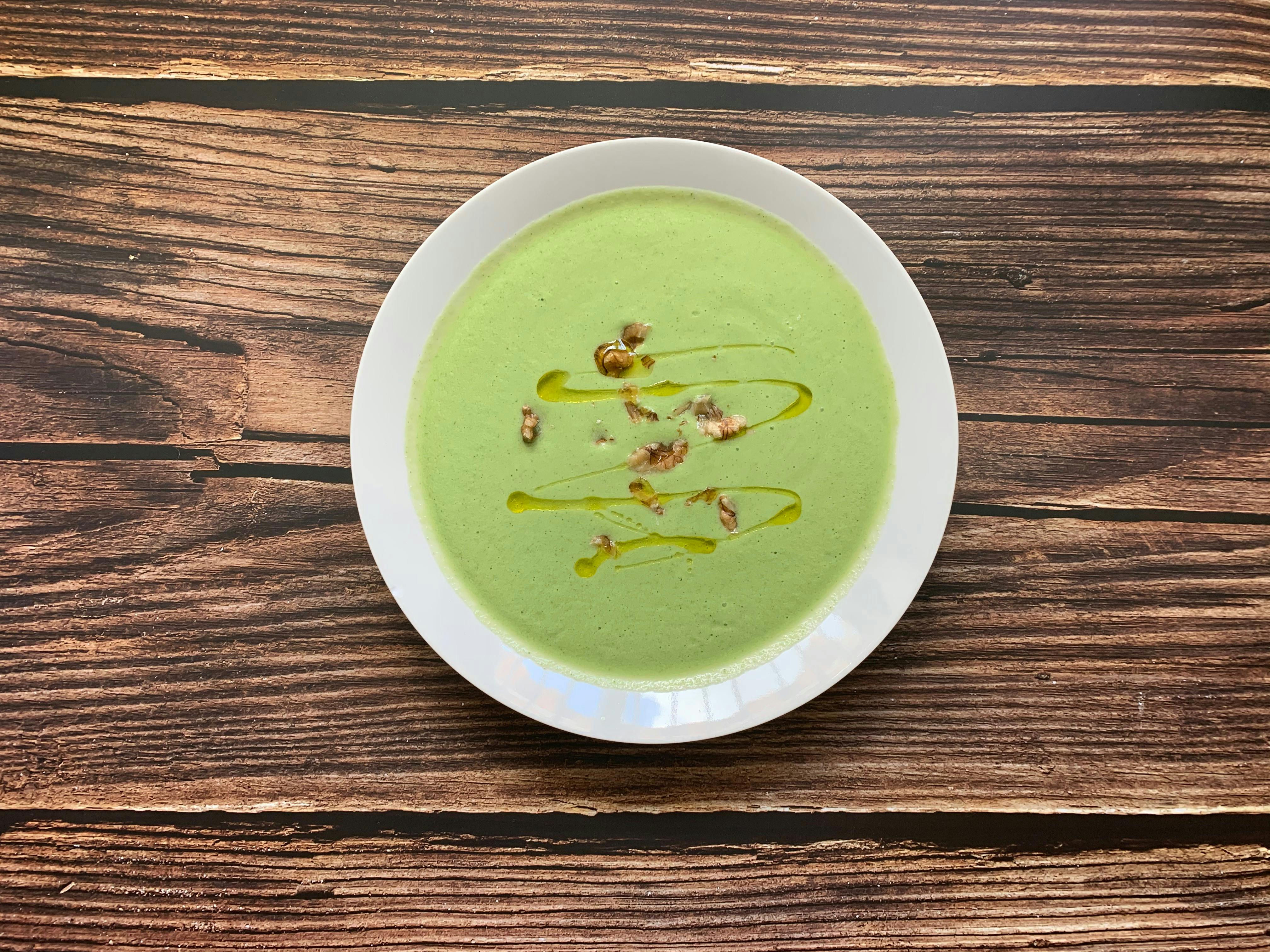Guide to barbecue islands and outdoor kitchens
When it comes to outdoor living, a gas barbecue grill is a must for most homeowners and having a kitchen island makes it more entertaining and functional as an outdoor barbecue area. Beyond the basic five-foot-long grill island, you can add a side burner, refrigerator, sink, ice bin, countertop grill light, drawers, cabinets, and other accessories. To simplify the process of determining your needs, let’s review this list below to help you plan the perfect barbecue layout.
What need or want does it satisfy?
Are you satisfied with a portable grill that you can move? Or would you prefer a grill built into an island where it blends into your backyard design? Do you intend to socialize around the grill where you can entertain family and friends? Are you a gourmet chef and want all the bells and whistles one thinks of in an outdoor kitchen?
form versus function.
If you primarily want a barbecue for just grilling and then eating inside, the simplest form of grill station will probably suffice and functionality may be the priority. How will it look on your patio when not in use? How does it fit in with the other landscape elements you may want to include, such as an outdoor fireplace, seating areas, pools, fountains, and lawn areas?
Do you have a purpose other than grilling?
Add a bar for seating to a basic island to allow guests to interact with you while you cook. A countertop is also a place to place drinks, dishes, and plates like a table. A built-in refrigerator or ice chest adds a convenience factor by not having to make multiple trips to your indoor kitchen. It allows you to hang out outside with your guests.
How should it be located on your terrace?
The location of the barbecue grill is always an important decision. But please answer the above questions first to determine its form and function. These criteria will enter into its design and configuration. If it is a simple grill station, which way will the grill be facing? How close to the kitchen doors should it be? Is there adequate ventilation and separation from combustible structures? Will it be straight, L-shaped or angled? Is there adequate patio area for circulation around you and in the bar seating area?
What design options do you have? (custom vs. modular/prefabricated)
Barbecue islands can be custom designed and built with masonry blocks or can be pre-cast with steel studs, cement backer boards and finished with a coat of stucco or stone veneer. Today, there are many manufacturers who build islands to your specifications and then ship them to you for completion or take them home almost finished.
Infrastructure: electricity, gas, foundations, waterline, permits
Whether it’s custom built or prefab, you’ll need at least gas, which can be propane or natural gas. A natural gas line must be underground and connected to exit inside the island or enter the back depending on how it is situated in your yard. Propane tanks aren’t as convenient as having a natural gas hookup, but they are much less expensive in terms of initial setup.
Electricity may be required for grill light, hood light, countertop light, rotisserie motor, or for accessory outlets on the island. Not providing an outlet to an island is a mistake, which is why many grill owners end up using battery-operated clip-on lights.
One of the benefits of a pre-built barbecue island is that you don’t need to pour a significant foundation as you would with a custom-built masonry island. Only a solid patio surface will do. Building permits may or may not be required for the island itself, but if you have electricity or gas, those items should require permits. Check with your building department to find out what is required.
If a sink is desired, it will be necessary to connect a cold water line, as well as a discharge line for waste water. Most building codes require a sink to be connected to the sewer system, but this is generally not feasible when building an outdoor kitchen after the home’s plumbing system has been built. A small dry pit is usually built to allow wastewater from the sink to percolate into the garden or planting areas. Just don’t use your sink as you would a real kitchen sink. Think about what’s going down the drain.
Finishes – top and sides
The countertop surface can be tile, travertine, granite, or stone. The sides can be stucco to match your home or a cultured stone siding depending on how fancy you want to get or perhaps tie it in with another structure like a fireplace.
Accessories and features
The size of the grill is the most important consideration when determining the size and length of the island, as it will crowd out usable counter space. How many people will you serve? Side burners are available for placing pots and pans. Here is a list of some of the accessories you may want to consider:
- a smoker
- A wood burning grill to accompany the gas grill.
- A backsplash with raised bartop
- Cantilever Countertop without Backsplash
- Fridge
- Cooler/drink holder
- Drawers
- Access doors to the interior of the island to reach gas shutoff valves or propane tanks
- Shelves or Drawers for storage
- A tipping trash can
Spend a lot of time thinking about what you really want in an outdoor barbecue island, and whether you need all the bells and whistles available. You may be able to find out the cost online by researching pre-built options, but some amount of on-site installation will be required. Better yet, contact a local professional landscaper for help with the design or construction of your island to avoid overlooking anything.
